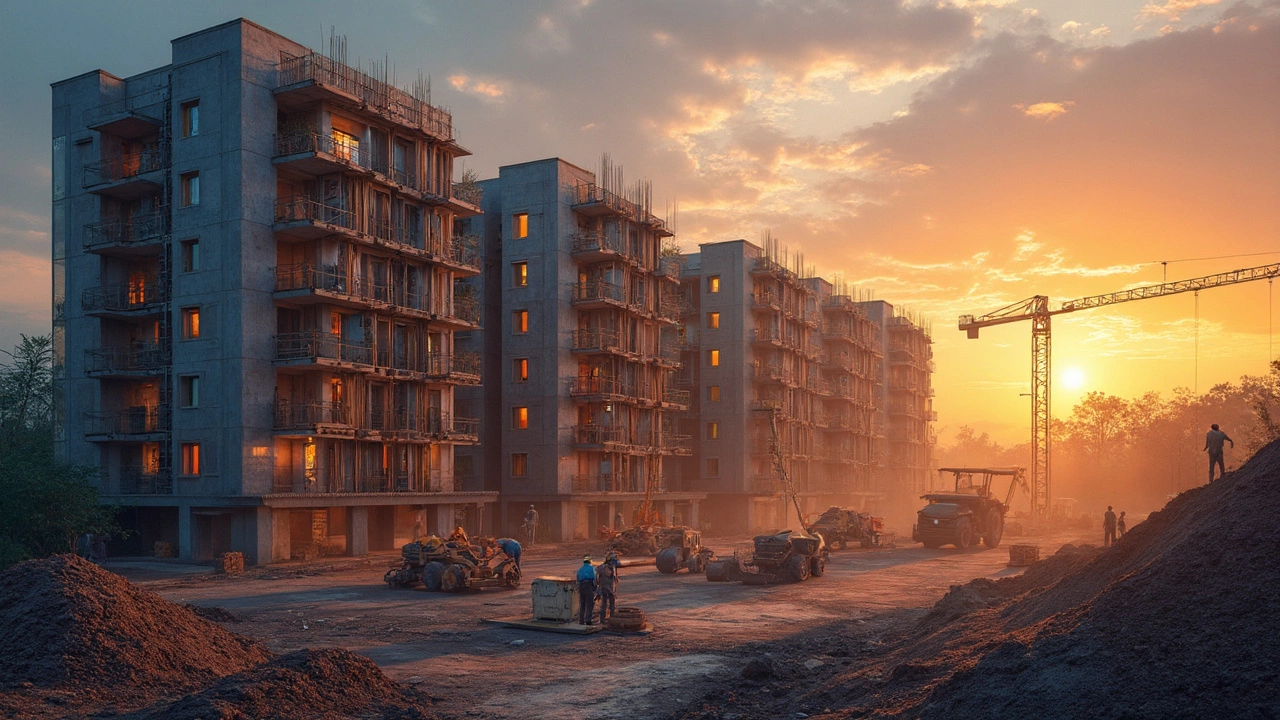Durability in Construction: What Makes Materials and Structures Last
When we talk about durability, the ability of a building or material to withstand wear, decay, and environmental stress over time. Also known as longevity, it's not just about using the toughest material—it's about how that material behaves in real conditions, from freezing winters to humid summers, and whether it was installed right in the first place. Too many builders cut corners on insulation, ventilation, or foundation prep, then blame the homeowner when things start to fail. But real durability starts before the first brick is laid.
Take concrete, the most common structural material in modern construction. Also known as cement-based composite, it looks solid, but cracked foundations and spalling surfaces are common when the mix was wrong or curing was rushed. A 100-year-old brick house might still stand strong, while a new build with poor drainage starts showing mold and settling in just five years. That’s not bad luck—it’s a failure in durability planning. Then there’s steel framing, used in commercial and high-end residential builds for its strength and resistance to pests and rot. Also known as light gauge steel, it’s great—but only if it’s protected from moisture. One leaky roof, and corrosion starts eating away at connections you can’t even see. And let’s not forget wood framing, still the backbone of most homes in North America and the UK. Also known as stick-built construction, it’s affordable and easy to work with, but it rots if it stays damp. Durability here isn’t about using pressure-treated lumber alone—it’s about airflow, flashing, and keeping water out before it gets inside.
Durability doesn’t live in a single product. It lives in the system: how the roof sheds water, how the foundation drains, how the walls breathe. You can have the best insulation in the world, but if your vapor barrier is installed backward, you’ll get mold. You can pour a thick concrete slab, but if the soil beneath wasn’t compacted right, the whole thing will tilt. That’s why you see posts here about foundation cracks, new build mold, and why structural work is the most expensive part of a loft conversion. These aren’t isolated problems—they’re all symptoms of poor durability design.
What you’ll find below are real-world examples of what works and what doesn’t. From how commercial buildings use Type C construction to survive fires, to why DIY foundation repair can backfire if you don’t understand load distribution, these articles cut through the noise. No fluff. Just what you need to know to spot a build that will last—and avoid the ones that won’t.
Are New Builds Actually Durable?
Wondering if new builds are durable? Let's look at different factors like construction materials, design techniques, and industry practices that impact durability. Discover useful tips for evaluating the lasting quality of new homes and what builders are doing to ensure longevity. The journey to understanding new build durability unveils surprising facts about modern construction.
Learn more...